Science Highlights
From ancient turtles fossilized in sex dance and an octopus riding on a dolphin's genitals to more refined findings, like the release of mutant bird flu research, this week was full of compelling science. Here's a look at some of the highlights.
11. Feds Seize Disputed Dino
Federal agents took possession of a dinosaur skeleton that is the subject of an ownership dispute on Friday afternoon, loading crates of fossilized bones into the back of a white truck from a storage building here in Sunnyside, Queens.
Homeland Security Investigations was taking the fossils to an undisclosed location for safekeeping until a federal case filed by the U.S. Attorney is resolved, Deputy Special Agent In Charge Glenn Sorge told reporters.
10. Mass Grave of Giant Marsupial Found
A treasure trove of giant marsupial fossils - including one named Kenny - has been uncovered in Australia. The bones will help researchers better understand these ancient pouched mammals, and figure out why they went extinct.
These giant marsupials of the genus Diprotodon lived in what is now Australia from about 1.6 million years ago up until about 25,000 to 50,000 years ago. They roamed the continent eating vegetation, but died out when large numbers of humans moved into the area. Being such enormous creatures - standing at 13 feet (4 meters) and weighing up to 6,100 pounds (2,800 kilograms) - Diprotodon likely had to scarf down as much as 330 pounds (150 kg) of vegetation daily, research has found.
9. Genetic Tales of Queen of Sheba
The Queen of Sheba's genetic legacy may live on in Ethiopia, according to new research that finds evidence of long-ago genetic mixing between Ethiopian populations and Syrian and Israeli people.
The Queen of Sheba, known in Ethiopia as Makeda, is mentioned in both the Bible and the Quran. The Bible discusses diplomatic relations between this monarch and King Solomon of Israel, but Ethiopian tradition holds that their relationship went deeper: Makeda's son, Menelik I, the first emperor of Ethiopia, is said to be Solomon's offspring.
Photo credit link: Wikimedia
8. The First Dairy Farms?
The sandy dunes of the Sahara may seem an unlikely place for a dairy farm, but about 7,000 years ago, herders tended and milked cattle in what is now desolate desert, new research shows.
About 10,000 years ago, the Sahara desert went through a phase called the Holocene African Humid Period. Fossilized bones show that by the sixth millennium B.C. (or about 7,000 years ago), cattle, sheep and goats roamed over green savannah, and rock art depicts cows with full udders. The occasional image even shows milking, said study researcher Julie Dunne, a doctoral student at the University of Bristol. But it's difficult to get a firm date for those images.
7. Gigapixel Supercamera Unveiled
A supercamera that can take gigapixel pictures - that's 1,000 megapixels - has now been unveiled.
Researchers say these supercameras could have military, commercial and civilian applications, and that handheld gigapixel cameras may one day be possible.
The gigapixel camera uses 98 identical microcameras in unison, each armed with its own set of optics and a 14-megapixel sensor. These microcameras, in turn, all peer through a single large spherical lens to collectively see the scene the system aims to capture. Since the optics of the microcameras are small, they are relatively easy and cheap to fabricate.
6. 'Doubly Magic' Tin Created
Tin, a material whose name is sometimes synonymous with "dull," has a secret side that's extraordinary, physicists say.
Scientists have succeeded in creating a new type of tin atom with "magic" properties and in studying it in more detail than ever before.
The nuclei of normal tin atoms are made of 50 protons and 62 neutrons, creating a stable substance called tin-112 (or 112Sn, which is the chemical symbol for tin).
5. Googly Eyed Talisman Discovered
A newly identified googly-eyed artefact may have been used by the ancient Egyptians to magically protect children and pregnant mothers from evil forces.
Made of faience, a delicate material that contains silica, the pale-green talisman of sorts dates to sometime in the first millennium B.C. It shows the dwarf god Bes with his tongue sticking out, eyes googly, wearing a crown of feathers. A hole at the top of the face was likely used to suspend it like a bell, while a second hole, used to hold the bell clapper, was apparently drilled into it in antiquity.
4. Ancient Turtles Caught in the Act
Fossil turtles have been caught having sex, the first known case of animals with backbones found copulating in the fossil record, researchers say.
The mating turtles may have been caught in a death trap as they sank to deeper layers of the lake, where they were having sex nearly 50 million years ago, the researchers speculate. The lake's deep layers may have held deadly volcanic gases or other toxins.
3. Secrets of Martian Snowflakes Revealed
Everyone seems to ponder the lyrics of Train's song "Drops of Jupiter," so perhaps it's about time a songwriter includes the "Snowflakes of Mars" in their next ballad. MIT scientists might even be able to add prose to the lyrics by describing their study into the very alien snow that falls from Red Planet skies.
After collecting the vast quantities of data gathered by orbiting Mars spacecraft, the Massachusetts Institute of Technology team has uncovered some rather interesting facts about Martian snow.
2. Octopus' Naughty Ride
An octopus got the joyride of its life last week when it somehow became stuck on the belly of a bottle-nose dolphin in the Ionian Sea. More specifically, the tentacled sea creature had a seat on the dolphin's genital slit.
Researchers with the Ionian Dolphin Project, part of the Tethys Research Institute, were observing a foursome of dolphins near the island of Kalamos off the west coast of Greece. Suddenly, one of the dolphins leapt out of the water with something strange dangling from its stomach. It wasn't until the researchers examined their photos of the leap that they realized the unidentified object was an octopus.
Photo credit link: The Ionian Dolphin Project
1. Extreme Microbes at Mummy Burial Site
About 500 years ago a group of Incas marched hundreds of miles through the treacherous Andes Mountains to the top of a distant volcano, where they buried three children alive as part of a religious ceremony. In 1999, an expedition led by explorer Johan Reinhard unearthed the mummies atop Argentina's Mount Llullaillaco (yoo-yay-YAH-co), finding that they were among the best preserved mummies ever discovered, with largely unscathed skin and facial features.
When University of Colorado researcher Steve Schmidt read about the mummies, he knew he had to visit the region - not to see the mummies, but to study microbes. Normally, bodies that old would have long ago decayed, in part by the action of microbes, so Schmidt reasoned that the microbes on the mountain, if there were any, must be pretty intriguing.
Top image: A sample image from the new gigapixel camera (left) and a closer look at Saharan rock art depicting domesticated cattle (right).
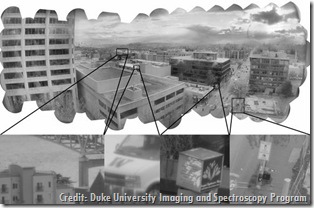
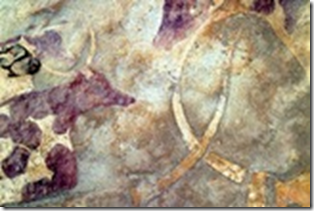
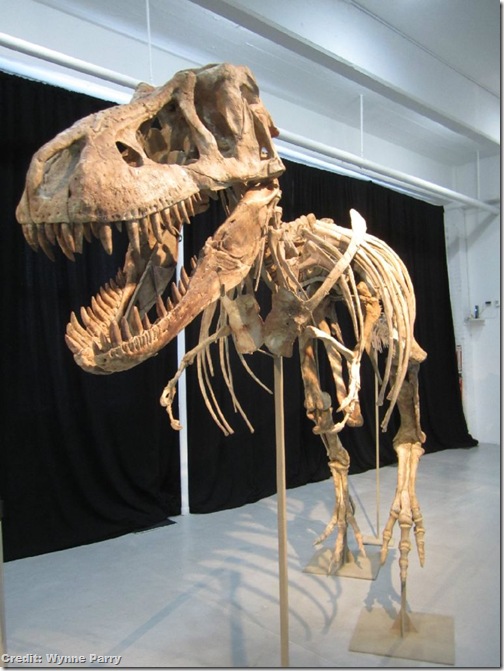
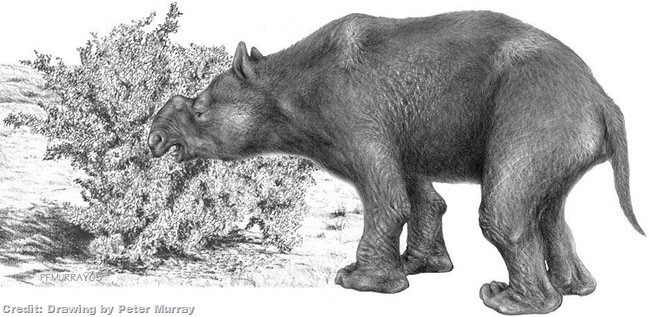



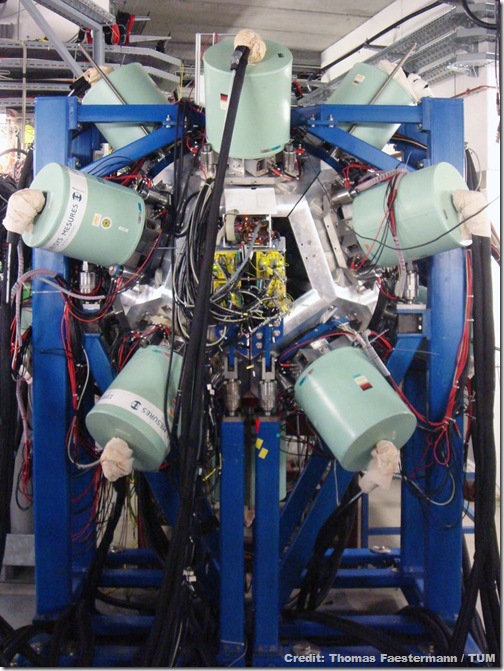



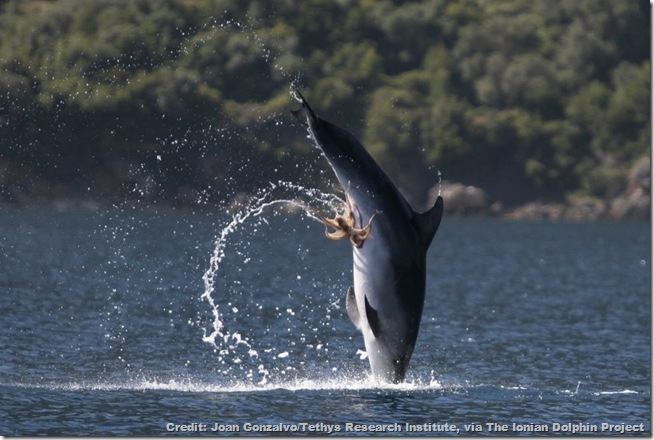
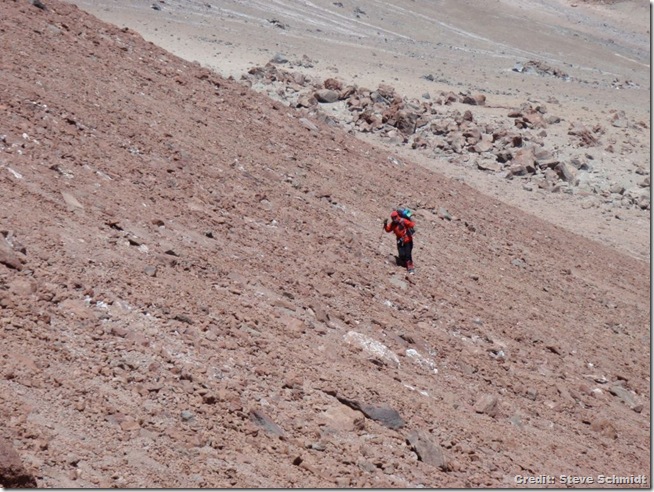
No comments:
Post a Comment
Please adhere to proper blog etiquette when posting your comments. This blog owner will exercise his absolution discretion in allowing or rejecting any comments that are deemed seditious, defamatory, libelous, racist, vulgar, insulting, and other remarks that exhibit similar characteristics. If you insist on using anonymous comments, please write your name or other IDs at the end of your message.